Indeed, many daisy species do not open on a dull day or close-up as soon as the sun goes in. Apart from being a pleasing shape, and having some fascinating behaviour, the structure of the flower – a central disc of florets surrounded by a ring of broad petals – is a very successful and advanced adaptation, a composite structure of a large number of small flowers.
The outer ring of petals sends the message to pollinators to carry pollen to the flowers, sheltered by the flowers in the course of feeding.
Many of the best daisy flowers for late summer originally came from America where they grow on the open plains.
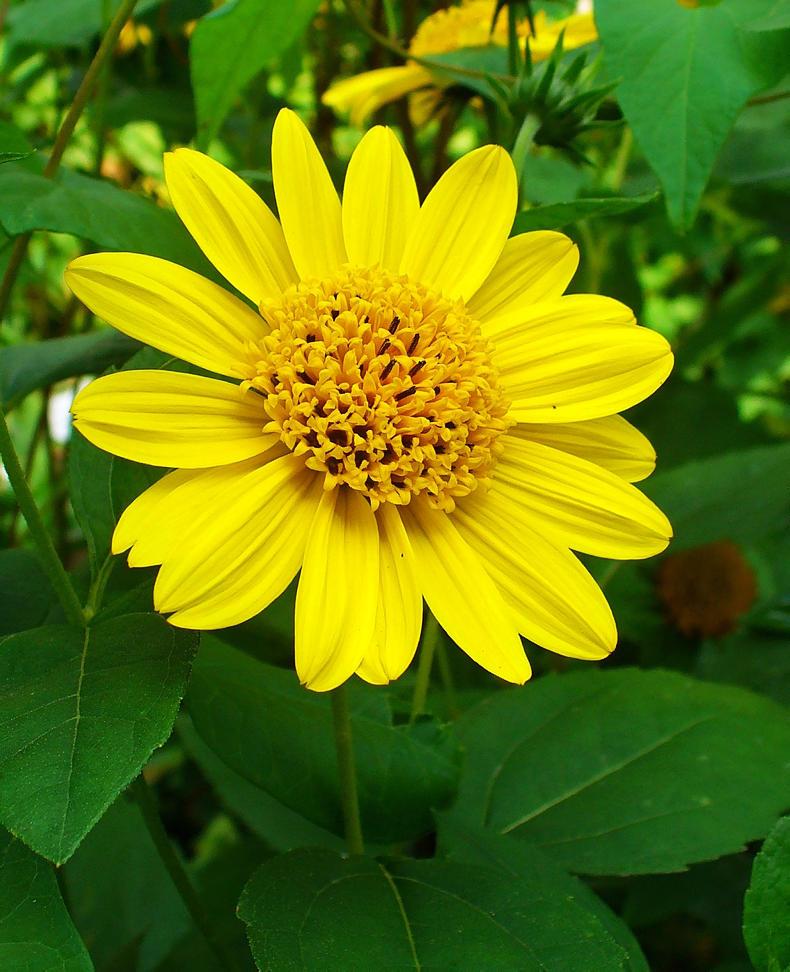
Helianthus.
This means they are strong growers well capable of dealing with smaller plants in terms of competition.
The giant sunflower is capable of reaching well over three metres, dwarfing the flowers around. It is fun for children to grow and it is an annual that must be grown from seed each year.
A smaller perennial sunflower more suitable for general use is Helianthus decapetalus, about chest-high with fine yellow flowers, smaller than the giant sunflower but far more graceful, though it is of the same daisy shape. It has been crossed with the annual giant sunflower to give Helianthus x multiflorus. This is a wonderful plant with flowers of a beautiful bright yellow, easy to grow and reliable.
Closely related to sunflowers are the smaller rudbeckias with warm sunny yellow petals surrounding dark chocolate brown cones in the centre of each flower.
The wild American species Rudbeckia hirta is rarely grown in gardens although it is pretty, the more compact and free-flowering R. fulgida ‘Goldsturm’ being the plant of choice for the garden. This is widely available and creates a great spot of colour. It should be used in a few places to heighten the effect – the plant is easily divided.
Similar in appearance to rudbeckia but mostly of smaller size are varieties of Heliopsis helianthoides, a native of dry prairie land. Most of the varieties are smaller and offer an alternative to the perennial sunflowers where less space is available. It tends to flop about a little because it’s stems are not as strong but it is a very good plant and looks quite natural when left to topple.
Another small daisy-flowered plant is the sneezeweed. The warm yellow, copper-orange or mahogany-brown flowers of the sneezeweed, Helenium autumnale, look great with ornamental grasses. One of the best is Helenium ‘Moerheim Beauty’, a good bronze-red variety but it also may need staking in a windy position.
The variety ‘Waltraut’ is gold with brown tints in the petals.
The tickseeds, varieties of Coreopsis grandiflora and Coreopsis verticillata, are widely grown. The first kind forms a fairly small bushy plant, as low as knee-high, with bright yellow, disc-like daisies with toothed petals.
The second species is also low but broad and with ferny foliage and masses of small yellow cupped flowers, beautifully displayed over the foliage. The variety ‘Moonbeam’ has lemon-yellow flowers.
Try any of these to give a lift to the late summer/early autumn garden. Many are available in flower, even if a bit tired-looking, and could be planted right now as long as they are well watered to settle in. They will be even better next year. The soil should not be overly rich as the plants tend to make too much leafy growth, and full sunshine, naturally.
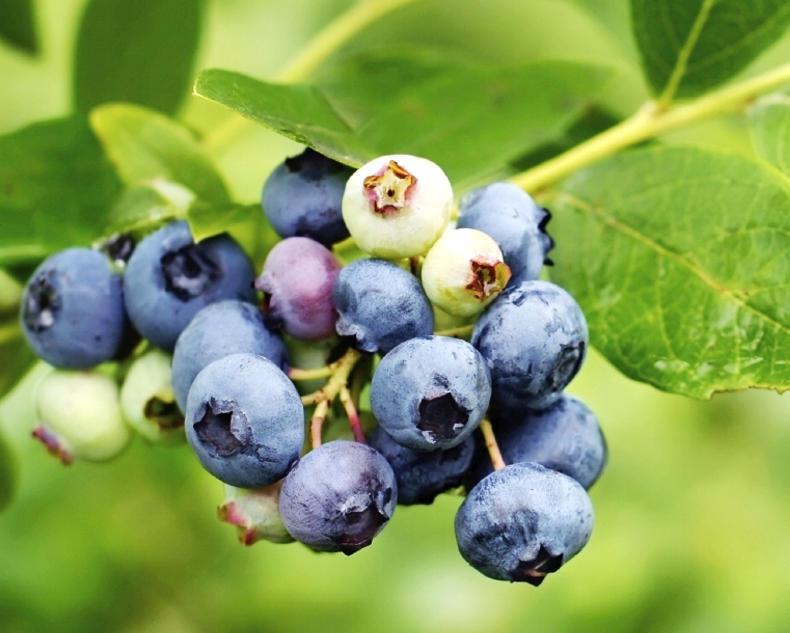
Blueberry.
While we are on things American, what fruit is more American than the blueberry? Yes, we all picked and ate the fraocháins of a heathery hill with some pines in the vicinity. The fruits look alike, the blueberries larger and more juicy – both part of the heather family.
The blueberries grown here are generally high-bush blueberry types, high-bush because they can grow to two metres and more.
The ripe fruit is more tasty when eaten freshly picked, and conveniently the berries ripen in succession. Pruning in the manner of blackcurrants can reduce the size effectively.
Two things are essential; the soil pH must about pH 5 and protection against the birds as they love the berries.
The answer to ravenous birds is a fruit cage netting. If that’s too much trouble, they can be grown in pots, but watering must be very rigorously done.
Trees, shrubs and roses
The planting period for trees, shrubs, hedges and roses will soon be starting again and if you wish to plant any of these, the ground should be prepared now. This involves digging or cultivation to bury grass and weeds. Water any young shrub or tree that shows signs of drought still.
Fruit, vegetables and herbs
Weeds have grown well in the good weather with moisture and should be controlled. Remove the tops of potatoes if potato blight has arrived. Some old crops have gone too far and should be removed. Remove apples or pears attacked by wasps, including windfalls, to avoid more damage.
Flowers
Some of the late flowers such as montbretia, rudbeckia, helenium and helianthemum make a significant contribution to extending the season. Make a note of areas of borders or beds that would benefit from an injection of late colour and remedy this next month. Keep up watering containers.
Greenhouse
Greenhouse grapes are ready for picking and this is the worst time to lose them to rots. Check the bunches each day to spot the first berries rotting and remove them together with a few others to allow air to access the remainder. Remove leaves close by for the same reason.
Lawns
Grass growth has continued strongly for most of the past month and this offers an opportunity to get the lawn in good condition for winter. Maintain regular mowing to create a tight sward that will compete with lawn moss. If moss is already present, consider a lawn moss killer now.
Read more
In the garden with Gerry Daly: outstanding hydrangeas
In the garden with Gerry Daly: wild purple loosestrife
Indeed, many daisy species do not open on a dull day or close-up as soon as the sun goes in. Apart from being a pleasing shape, and having some fascinating behaviour, the structure of the flower – a central disc of florets surrounded by a ring of broad petals – is a very successful and advanced adaptation, a composite structure of a large number of small flowers.
The outer ring of petals sends the message to pollinators to carry pollen to the flowers, sheltered by the flowers in the course of feeding.
Many of the best daisy flowers for late summer originally came from America where they grow on the open plains.

Helianthus.
This means they are strong growers well capable of dealing with smaller plants in terms of competition.
The giant sunflower is capable of reaching well over three metres, dwarfing the flowers around. It is fun for children to grow and it is an annual that must be grown from seed each year.
A smaller perennial sunflower more suitable for general use is Helianthus decapetalus, about chest-high with fine yellow flowers, smaller than the giant sunflower but far more graceful, though it is of the same daisy shape. It has been crossed with the annual giant sunflower to give Helianthus x multiflorus. This is a wonderful plant with flowers of a beautiful bright yellow, easy to grow and reliable.
Closely related to sunflowers are the smaller rudbeckias with warm sunny yellow petals surrounding dark chocolate brown cones in the centre of each flower.
The wild American species Rudbeckia hirta is rarely grown in gardens although it is pretty, the more compact and free-flowering R. fulgida ‘Goldsturm’ being the plant of choice for the garden. This is widely available and creates a great spot of colour. It should be used in a few places to heighten the effect – the plant is easily divided.
Similar in appearance to rudbeckia but mostly of smaller size are varieties of Heliopsis helianthoides, a native of dry prairie land. Most of the varieties are smaller and offer an alternative to the perennial sunflowers where less space is available. It tends to flop about a little because it’s stems are not as strong but it is a very good plant and looks quite natural when left to topple.
Another small daisy-flowered plant is the sneezeweed. The warm yellow, copper-orange or mahogany-brown flowers of the sneezeweed, Helenium autumnale, look great with ornamental grasses. One of the best is Helenium ‘Moerheim Beauty’, a good bronze-red variety but it also may need staking in a windy position.
The variety ‘Waltraut’ is gold with brown tints in the petals.
The tickseeds, varieties of Coreopsis grandiflora and Coreopsis verticillata, are widely grown. The first kind forms a fairly small bushy plant, as low as knee-high, with bright yellow, disc-like daisies with toothed petals.
The second species is also low but broad and with ferny foliage and masses of small yellow cupped flowers, beautifully displayed over the foliage. The variety ‘Moonbeam’ has lemon-yellow flowers.
Try any of these to give a lift to the late summer/early autumn garden. Many are available in flower, even if a bit tired-looking, and could be planted right now as long as they are well watered to settle in. They will be even better next year. The soil should not be overly rich as the plants tend to make too much leafy growth, and full sunshine, naturally.

Blueberry.
While we are on things American, what fruit is more American than the blueberry? Yes, we all picked and ate the fraocháins of a heathery hill with some pines in the vicinity. The fruits look alike, the blueberries larger and more juicy – both part of the heather family.
The blueberries grown here are generally high-bush blueberry types, high-bush because they can grow to two metres and more.
The ripe fruit is more tasty when eaten freshly picked, and conveniently the berries ripen in succession. Pruning in the manner of blackcurrants can reduce the size effectively.
Two things are essential; the soil pH must about pH 5 and protection against the birds as they love the berries.
The answer to ravenous birds is a fruit cage netting. If that’s too much trouble, they can be grown in pots, but watering must be very rigorously done.
Trees, shrubs and roses
The planting period for trees, shrubs, hedges and roses will soon be starting again and if you wish to plant any of these, the ground should be prepared now. This involves digging or cultivation to bury grass and weeds. Water any young shrub or tree that shows signs of drought still.
Fruit, vegetables and herbs
Weeds have grown well in the good weather with moisture and should be controlled. Remove the tops of potatoes if potato blight has arrived. Some old crops have gone too far and should be removed. Remove apples or pears attacked by wasps, including windfalls, to avoid more damage.
Flowers
Some of the late flowers such as montbretia, rudbeckia, helenium and helianthemum make a significant contribution to extending the season. Make a note of areas of borders or beds that would benefit from an injection of late colour and remedy this next month. Keep up watering containers.
Greenhouse
Greenhouse grapes are ready for picking and this is the worst time to lose them to rots. Check the bunches each day to spot the first berries rotting and remove them together with a few others to allow air to access the remainder. Remove leaves close by for the same reason.
Lawns
Grass growth has continued strongly for most of the past month and this offers an opportunity to get the lawn in good condition for winter. Maintain regular mowing to create a tight sward that will compete with lawn moss. If moss is already present, consider a lawn moss killer now.
Read more
In the garden with Gerry Daly: outstanding hydrangeas
In the garden with Gerry Daly: wild purple loosestrife








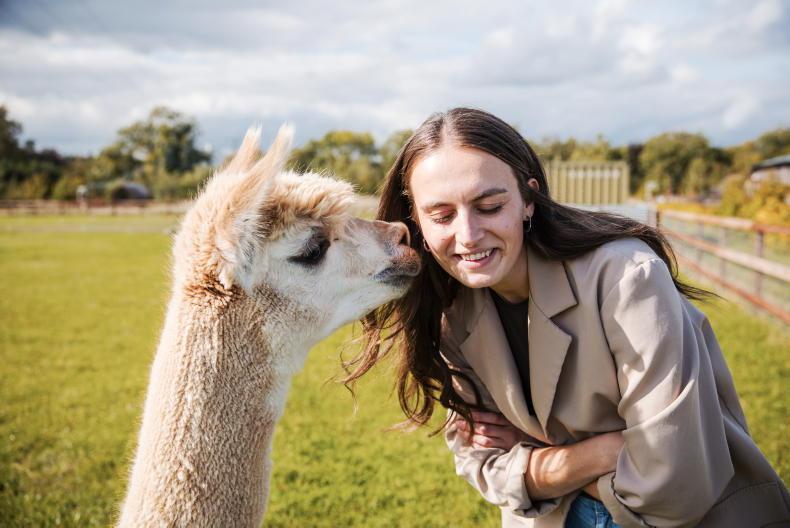
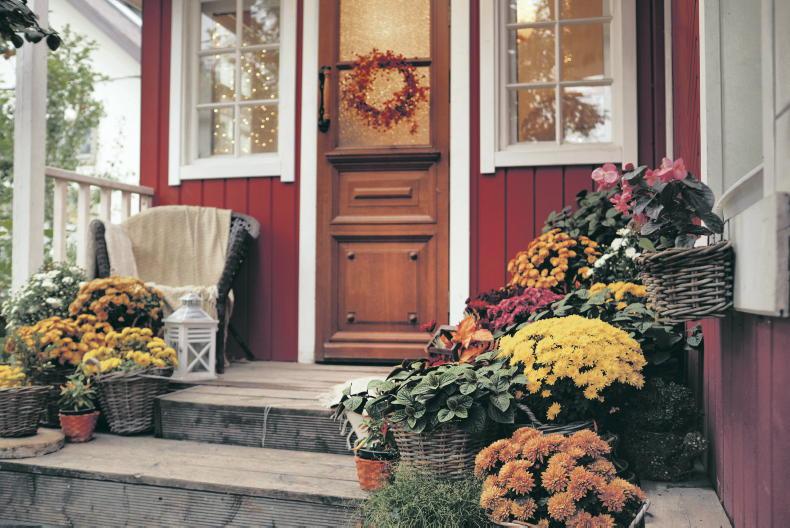
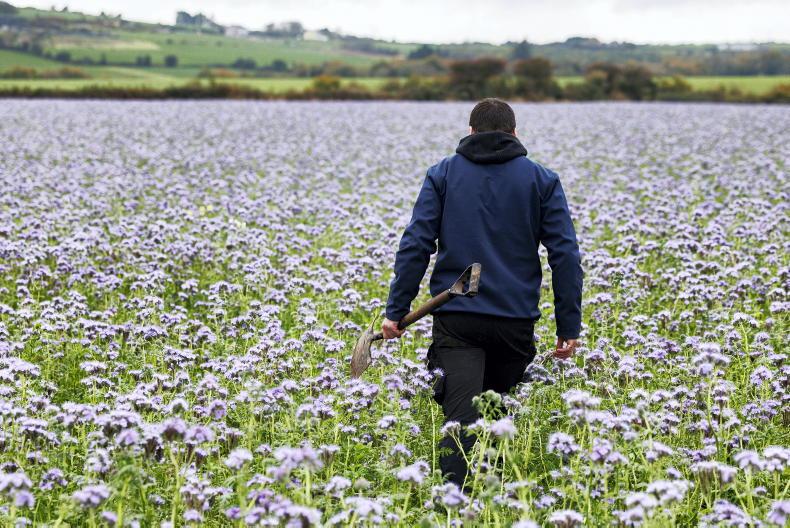
SHARING OPTIONS